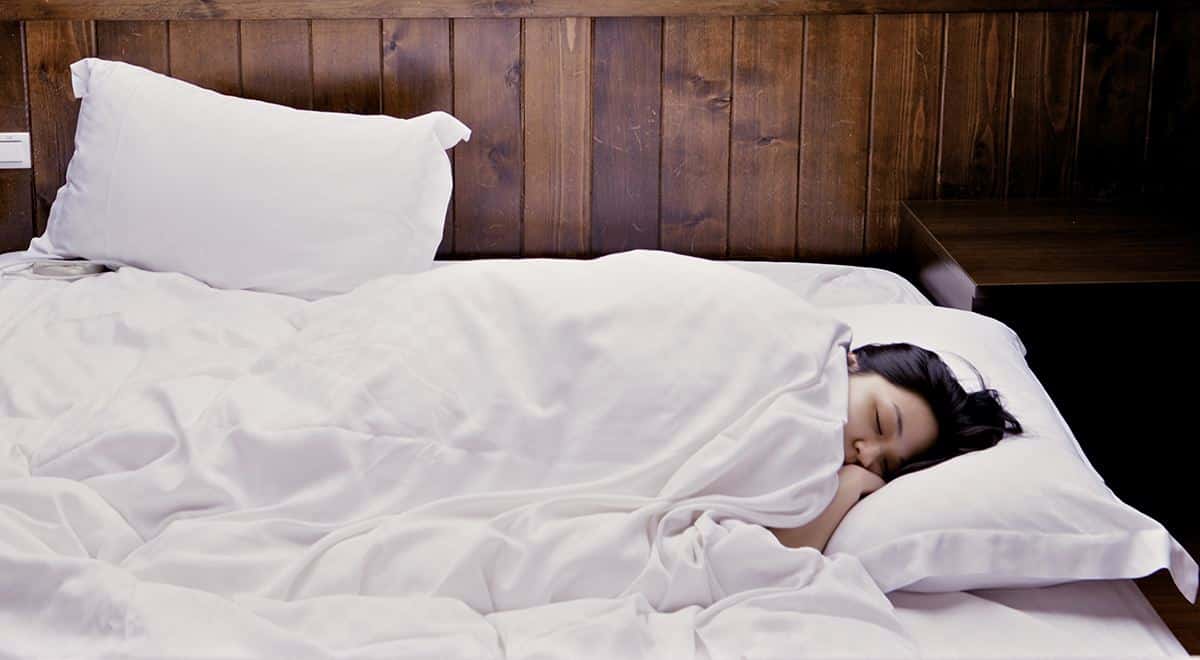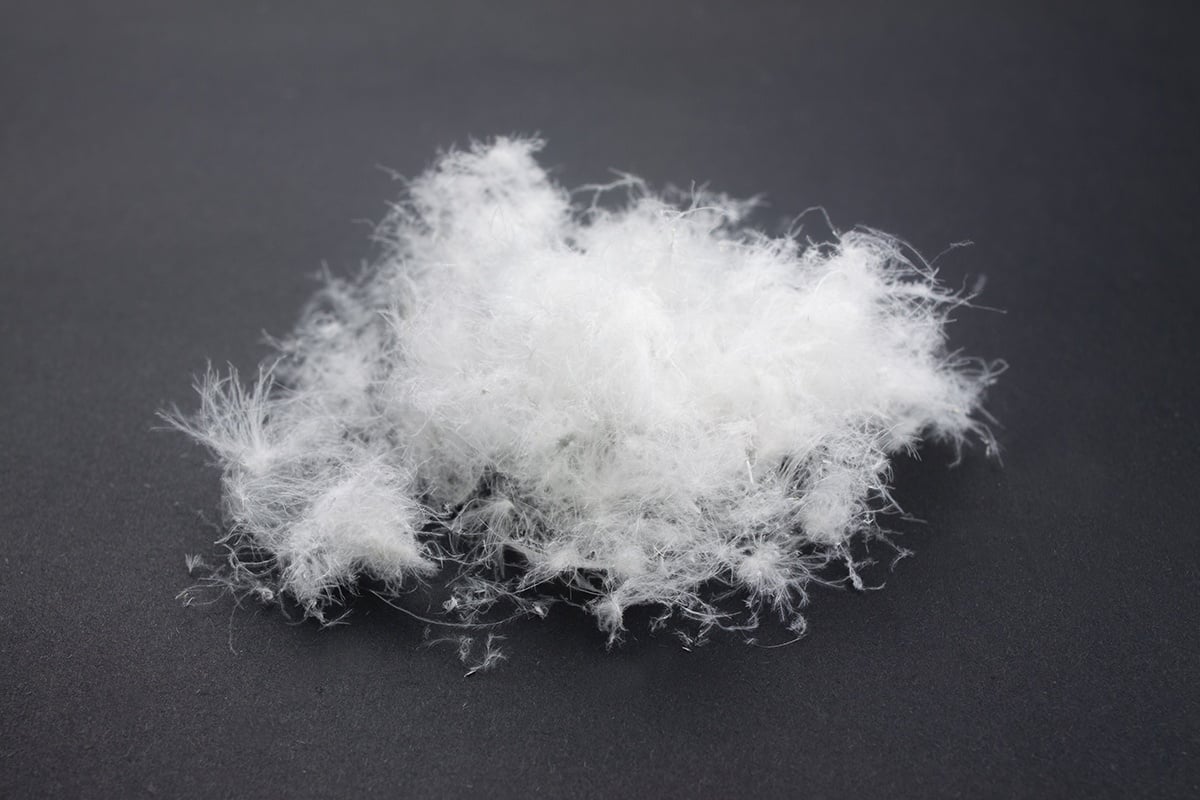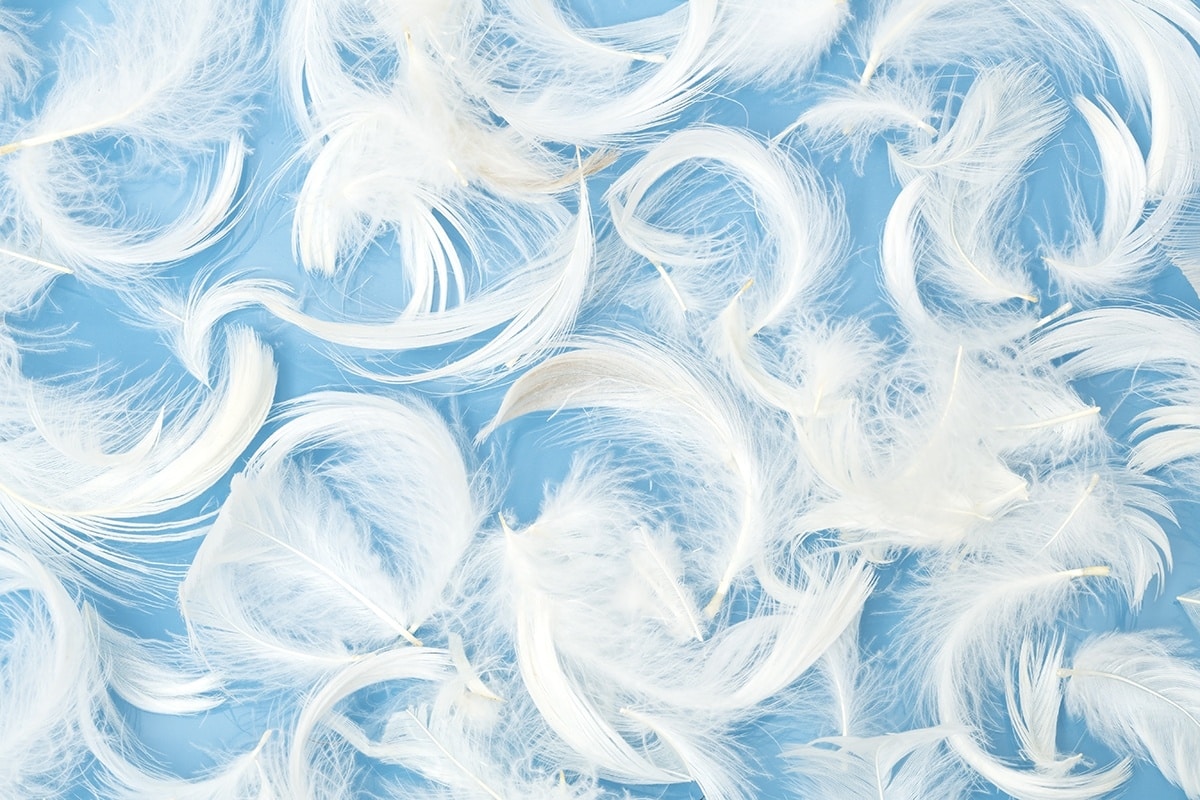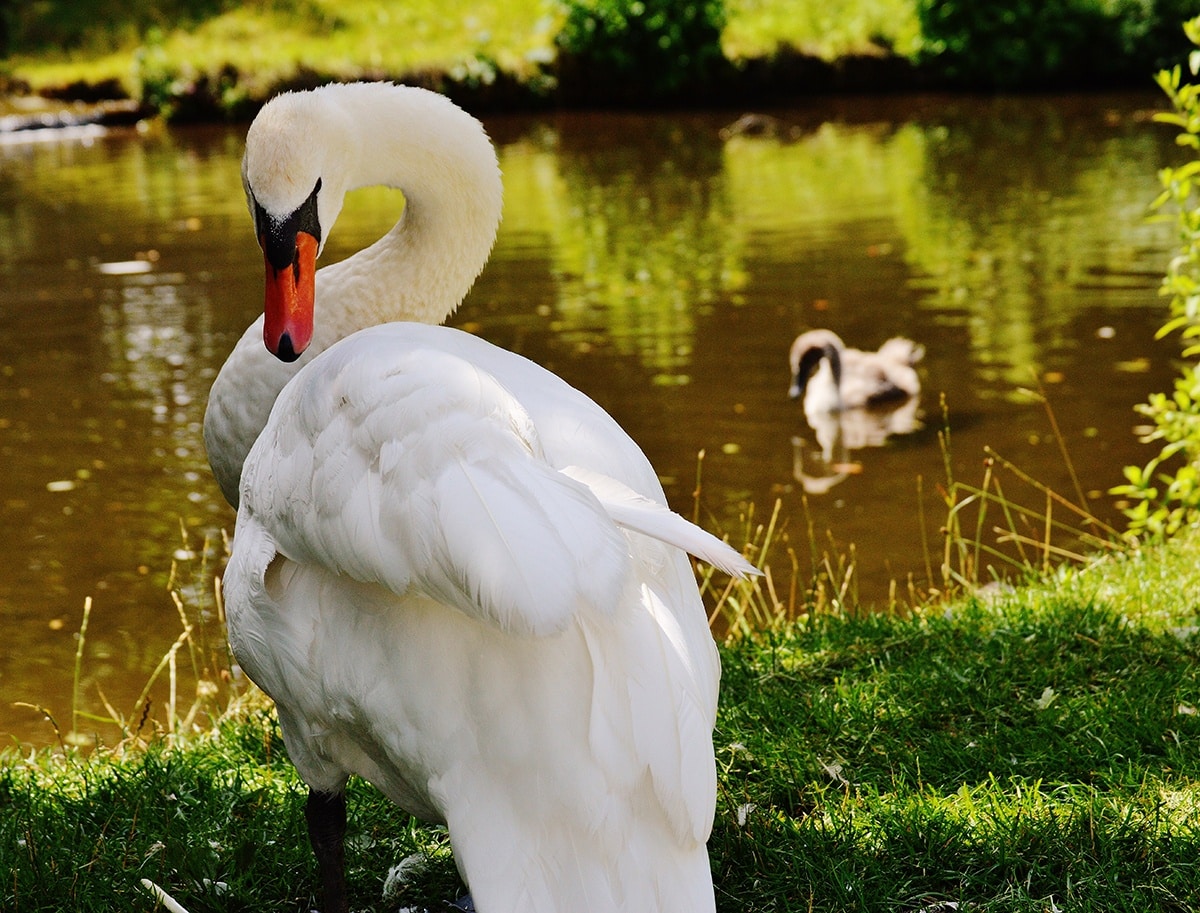With so many great pillows and fillings out there, it can be hard to know which one might be a good fit for you. One place to start is to do a little research and figure out your options.
Two popular types of pillows are feather and down pillows. In some cases, these pillows will be marketed as using down and feathers interchangeably, which gives people an impression that they are the same thing.
Read on for our latest down vs feather pillow guide!
Although both types of filling can come from the same animal, the shape and feel of down clusters are quite different compared to feathers.
To help you make sense of all of this, we’ve put together a brief breakdown of down clusters versus feathers and what to look for when you’re out shopping.
Down vs. Feather Pillows: General Overview
What Is a Down Pillow?
Down pillows are made from a soft grouping of fibers – most likely from a goose, duck or swan – that is closest to the bird’s skin and located primarily near its chest. Down can also sometimes be called the undercoating of a bird.
Down clusters have insulating qualities because of the soft fibers fan out of a central point, called a plumule, in a three-dimensional way that traps air. If you’ve ever had a piece of down come out of your bedding you may be familiar with what this looks like.
RELATED: Casper Down Pillow Review
What Is a Feather Pillow?
Feathers in a feather pillow tend to come from the wing and back feathers of geese or ducks. They can still provide a soft and fluffy feeling but will retain their shape longer than down.
Unlike down, which is viewed as more of a cluster, a feather is flatter, heavier and contains a quill that runs down the middle (which you may have felt poking out of your pillow on occasion).
There is a common thought that because of their quills and ability to keep their shape, feathers can be a good fill for decorative pillows but can be a potential pain (literally) if used in more basic bedding because of the nature of the quill to poke through the pillow or duvet encasements.
What to Look For
It is very common for pillows labeled as feather pillows to be filled with some portion of down, even if it is as small as 5% down filling. Always check the ratio when looking into feather pillows.
Pillows filled with more feathers than down clusters will tend to be less expensive than those with more down. Adding some down to a feather pillow will help increase its loft and help it from going flat – because the down clusters will try to return to their natural three-dimensional shape – but it won’t be as successful as a pillow filled only with down.
RELATED: The 15 Types of Pillows
Fill Power
When looking for a down pillow, you may come across the term “fill power.” It is used to help determine the quality (and lifespan) of a down pillow.
Fill power is the amount of volume an ounce of down takes up. Basically, the higher the fill power, the larger the down cluster. The larger cluster, the more air an ounce of down can trap, giving it more insulation and loft overall.
Feathers will typically come from geese or ducks. Down clusters from both birds provide good insulation and loft but since geese tend to be bigger animals than ducks, their clusters will be larger and they’ll have a higher fill power.
Fill powers tend to range from 550 (in³/oz or 175 cm³/g) to 800 (in³/oz or 175 cm³/g), or higher with 800+ being considered a super high-quality goose down product.





